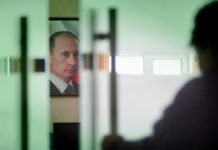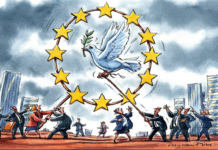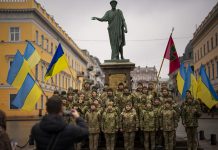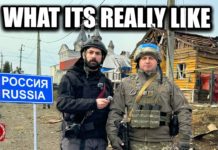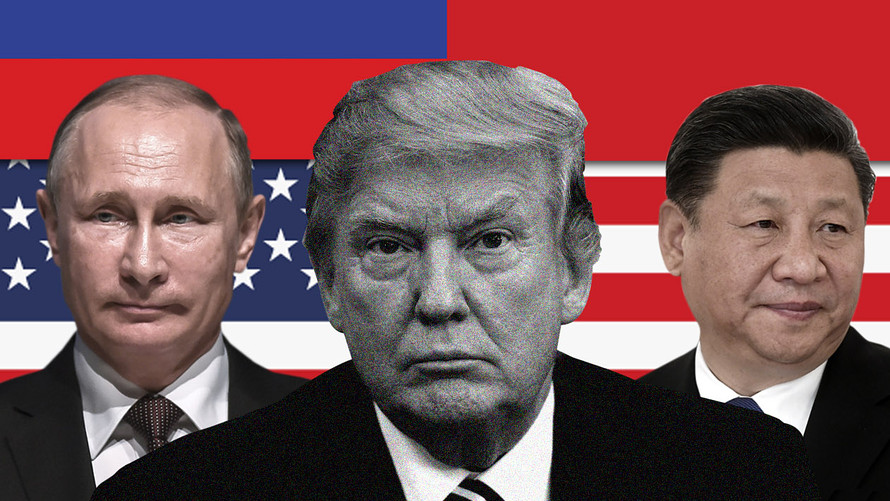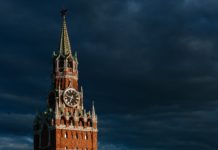The United States and Russia’s nuclear weapons agreement, New START, is set to expire in February 2021. Time is running out on what is essentially the last remaining nuclear arms-control treaty between the two superpowers. Without a treaty like New START, the years of cooperation between the two countries in terms of nuclear arms reduction would be lost. By extension, the guardrails on a full-blown nuclear arms race would be no more.
Amidst the crippling Coronavirus pandemic, history must move on. Humankind’s developments must continue despite the worrying time periods it may find itself in. However, as current world leaders seemingly delay important discussions on deeply-rooted problems, those developments may not turn out to be positive in nature. Such a case is represented by the New START talks between Russia and the United States, who may not reach a definitive conclusion by the expiration of the aforementioned treaty. With talks of China needing to enter this arena constructed by its fellow superpowers, a deadlock between the three is formed. Before going over what this deadlock entails, it would be important to understand the stakes involved. As such, the next section will be going over the important events in the broad history of the United States-Russia nuclear arms-control.
A short timeline of United States-Russia arms control talks
Cooperating on security and nuclear risk reduction has been deemed a life or death matter by the United States and Russia. Despite being in the middle of a Cold War, the two countries have established a legacy of cooperation in terms of nuclear arms control since the 1960s. The Strategic Arms Limitations Talks (SALT) negotiations started in 1969, culminating in 1972 with the signing of the Interim Agreement and Anti-Ballistic Missile Treaty. On one hand, the Interim Agreement was meant to cap the two countries’ intercontinental ballistic missiles (ICBMs) and submarine-launched ballistic missile forces. The agreement was given the ‘interim’ label because the two parties would pledge to continue negotiations on the matter. On the other hand, the Anti-Ballistic Missile Treaty was meant to bar the two countries from deploying defenses against strategic ballistic missiles.
Those two agreements have since been collectively known as SALT I, being superseded by SALT II, signed in 1979. The main goals of SALT II were to improve the Interim Agreement, further banning new missile programs and limiting the number of multiple independently targetable reentry vehicles and long-range missiles. In spite of those improvements, due to the Soviet war happening in Afghanistan, the United States Senate did not ratify the treaty. As a result, the agreement expired at the end of 1985, never to be renewed.
Following SALT was the Intermediate-Range Nuclear Forces Treaty (INF), signed in 1987. After many years spent negotiating, the United States’ Ronald Reagan and the Soviet Union’s Mikhail Gorbachev reached an agreement that would require the two countries to eliminate all ground-launched missiles with a range of 500 to 5.500Km. INF would be the first treaty to eliminate an entire class of nuclear weapons, marking the very first time the two countries have agreed on reducing their nuclear arsenals, with almost 2.700 missiles being eliminated.
The INF paved the way towards the first Strategic Arms Reduction Treaty (START I), signed in 1991. Entering into force in late 1994, the treaty would prevent the two powers from deploying more than 6.000 warheads, as well as 1.600 ICBMs and bombers. START I went on to reduce roughly 80% of the strategic nuclear weapons of the time. In 1993, START II would complement START I by establishing a limit on strategic weapons, with reductions to be implemented in two phases. By the end of those phases, the two countries would reduce their deployed strategic nuclear warheads to around 3.000 and eliminate all heavy ICBMs. However, due to the slow ratification of both countries, the United States in 1996 and Russia in 2000, the treaty never really entered into effect.
In 2002, the Strategic Offensive Reductions Treaty (SORT) was signed, coming into force in 2003. SORT targeted operationally deployed warheads, limiting the nuclear arsenal of both countries to around 1.700-2.200 warheads each. Despite the progress already achieved, in a surprising move, the United States would withdraw from the Anti-Ballistic Missile Treaty the same year SORT was signed, deploying systems in Europe. In turn, this move spurred the Russian modernization of its nuclear capabilities. As a result, missile defense has become an obstacle in arms control negotiations between the two countries. Furthermore, Russia officially withdrew from the ineffective START II, in a seemingly strategic move to show its rival it is not afraid to back out of their agreements either.
When START I expired in 2009, United States president Barack Obama and Russian president Dimitry Medvedev would sign New START. This treaty would further limit the deployed nuclear warheads of each party to 1.550, the ICBMs, submarine-launched ballistic missiles and bombers deployed to 700, as well as launchers to 800. Moreover, the treaty would also provide for the inspections and data sharing on the two parties’ nuclear arsenals, a rule carried over from START I.
The Three-way Deadlock
As it can be seen, the history of the two countries in terms of nuclear weapons control has been a long and complex one, full of ups and downs. Through many decades, the nuclear power of those two countries has been gradually limited, making progress slow but effective. However, this progress may be destroyed by the looming tensions between Russia, the United States and China, which create a deadlock that may halt any further advance in the mission of controlling nuclear arms. Those deadlock-constructing tensions appear from the interests each party has in the area of nuclear weaponry.
Russia would want to extend New START through a mutual agreement with the United States. However, the latter dislikes the current format of the treaty. One of the reasons may be due to the change in country leadership. New START was signed by Barack Obama, the predecessor of present-day president Donald Trump. It would not be surprising that the Republican Trump would not agree with the conditions set by the Democratic Obama in the treaty, wanting to change it. Nevertheless, a more reasonable motive for why the current leadership of the United States is not happy with New START may be due to its exclusion of China. While it does have a smaller nuclear arsenal, the fact that China is not restrained by such a treaty means that the arsenal could get larger and fancier. The United States does not like that. Therefore, if Russia wants an extension, it must bring China to the table.
However, the latter shows no interest in being tied down by an agreement, let alone one that would include its main global rivals. It showcased this thought at the end of June, when it rejected its special invitation to the meeting between Russia and the United States regarding the matter of nuclear weapons. This was an important meeting for the two parties, as it was the first in more than a year. Nevertheless, the insistence of the American government to bring China into broader negotiations with Russia is worrying. Of course, in recent years, China and the United States have been increasingly engaging in a global competition with each other. Having China join the negotiation table would allow the United States to have more control over China’s dealings. Yet, doing so through the topic of nuclear weapons control may not be the best way to go about it. China’s current arsenal only sits at 320 warheads, whereas the two other superpowers hold over 12.000, roughly 90% of the world’s total stockpile. Seeing those figures, there is no real justification for why China should be forced into an agreement with Russia and the United States beyond the latter’s need to exert some sort of influence over it. Rather, the United States should maintain its focus on Russia, especially after their recent history of countering each other, be it by backing out of agreements or reinforcing their defense systems.
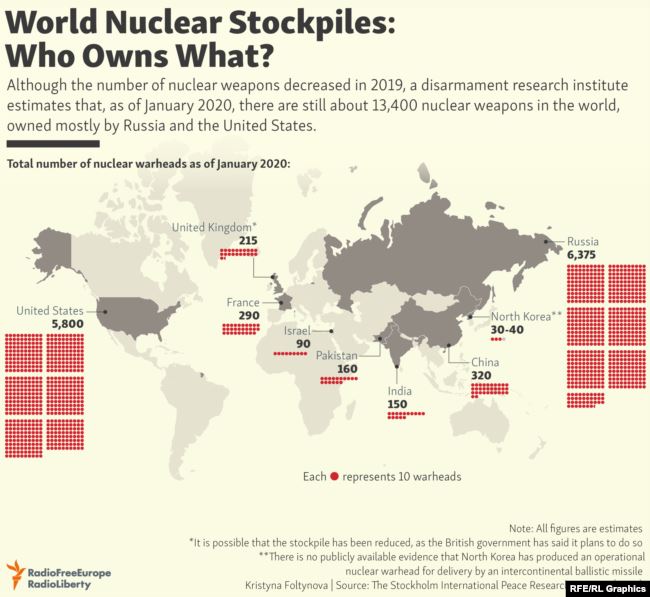
The Total Number of Nuclear Warheads as of January 2020
Source: RadioFreeEurope
Should the United States’ agenda focused on China remain a focal point throughout its talks with Russia, the February 2021 deadline may pass without any sort of resolution. With that, the last remaining building block in the arms-control framework governing the United States-Russia nuclear competition might collapse. Once that happens, constraints will be seen as failing and more countries may feel tempted to go nuclear. While the ramifications of such an event occurring are not yet clear, one thing remains certain: the clock is ticking, and time is running out.







